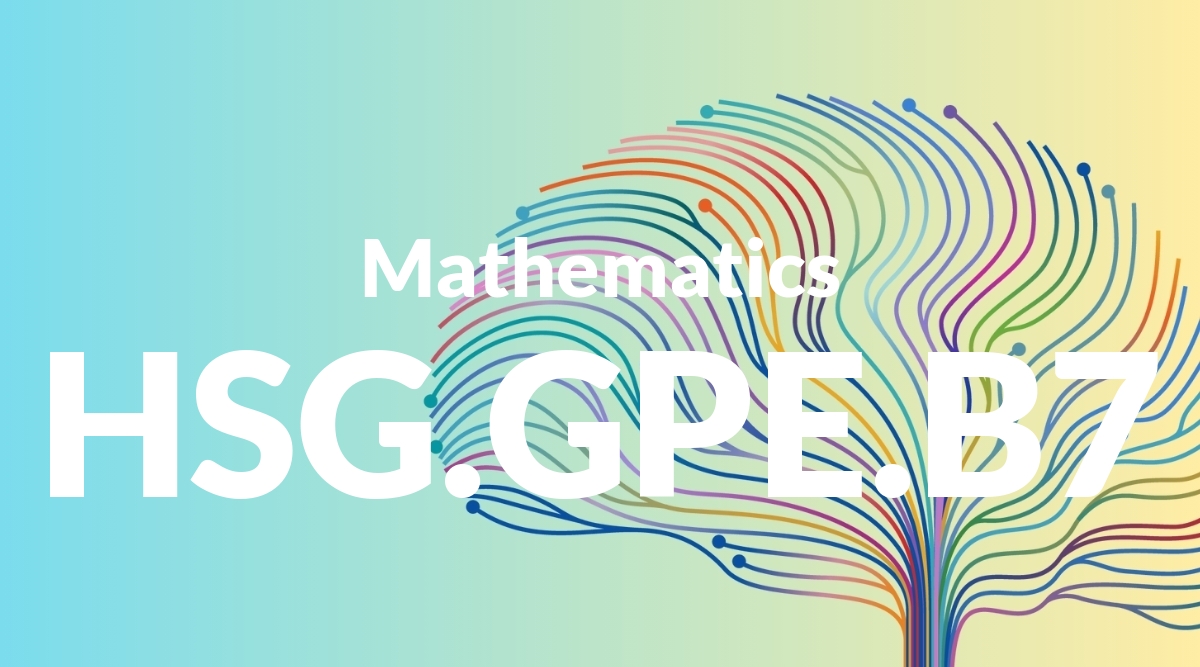Standard: 8.W.4 – Produce clear and coherent writing in which the development, organization, and style are appropriate to task, purpose, and audience. (Grade-specific expectations for writing types are defined in standards 1-3 above.)
Grade level: Grade 8
Subject: English Language Arts
Domain: Writing
Teacher Overview
This standard focuses on helping students produce writing that is clear, coherent, and appropriate for the task, purpose, and audience. Mastery of this standard is crucial as it ensures students can effectively communicate their ideas in various contexts, a skill that is essential not only in academics but also in real-world scenarios. Students should be comfortable with basic writing skills such as sentence structure and paragraph formation. They should also understand the different purposes of writing and have some experience with planning their writing through brainstorming and outlining.
Students who master this standard will move on to more advanced writing techniques, including varying sentence structure, using advanced vocabulary, and integrating research and citations effectively.
Common Misconception 1
One common misconception is that writing style is not important as long as the information is correct. This is incorrect because the style of writing can significantly impact how the message is received and understood by the audience.
Intervention 1
To address this misconception, teachers can provide students with examples of well-written texts and analyze how the author’s style contributes to the effectiveness of the writing. Activities that focus on varying sentence structure and word choice can also help.
Common Misconception 2
Another misconception is that the organization of their writing does not need to follow a specific structure. This is incorrect because a clear and logical organization helps the reader understand and follow the writer’s ideas.
Intervention 2
Teachers can use graphic organizers and outlines to help students plan their writing. Additionally, exercises that involve rearranging jumbled paragraphs into a logical sequence can reinforce the importance of organization.
Prerequisite Knowledge
Students should have a basic understanding of sentence structure, paragraph organization, and different types of writing (narrative, persuasive, expository). They should also be familiar with brainstorming and outlining ideas before writing.
Subsequent Knowledge
After mastering this standard, students will be able to refine their writing to include more sophisticated techniques such as varying sentence structure, using advanced vocabulary, and integrating research and citations effectively.
Instructional Activities
- Analyze well-written texts to identify elements of style and organization.
- Use graphic organizers to plan writing assignments.
- Practice writing for different purposes and audiences.
- Peer review and provide feedback on classmates’ writing.
- Revise and edit drafts to improve clarity and coherence.




